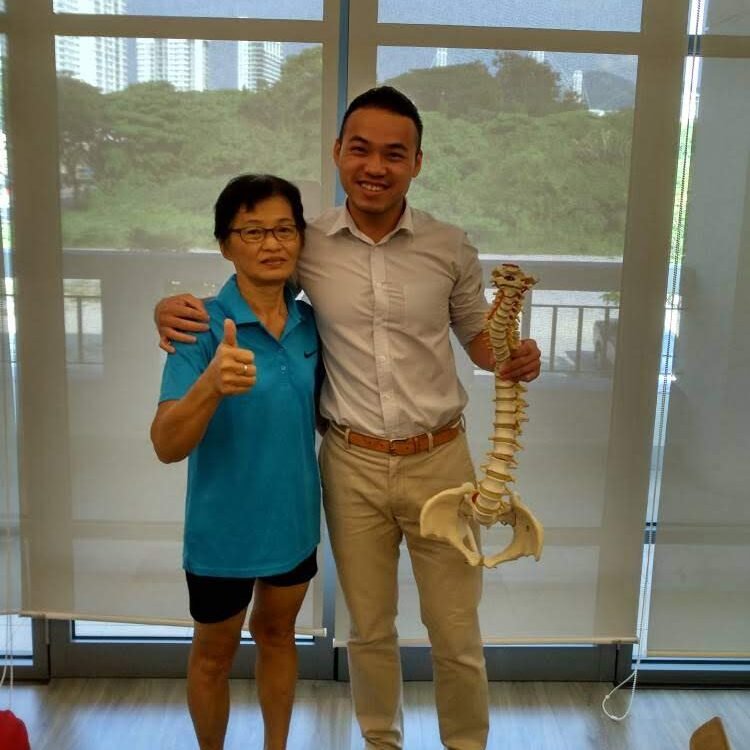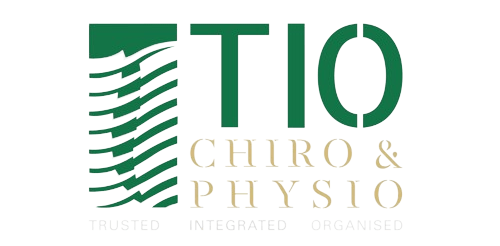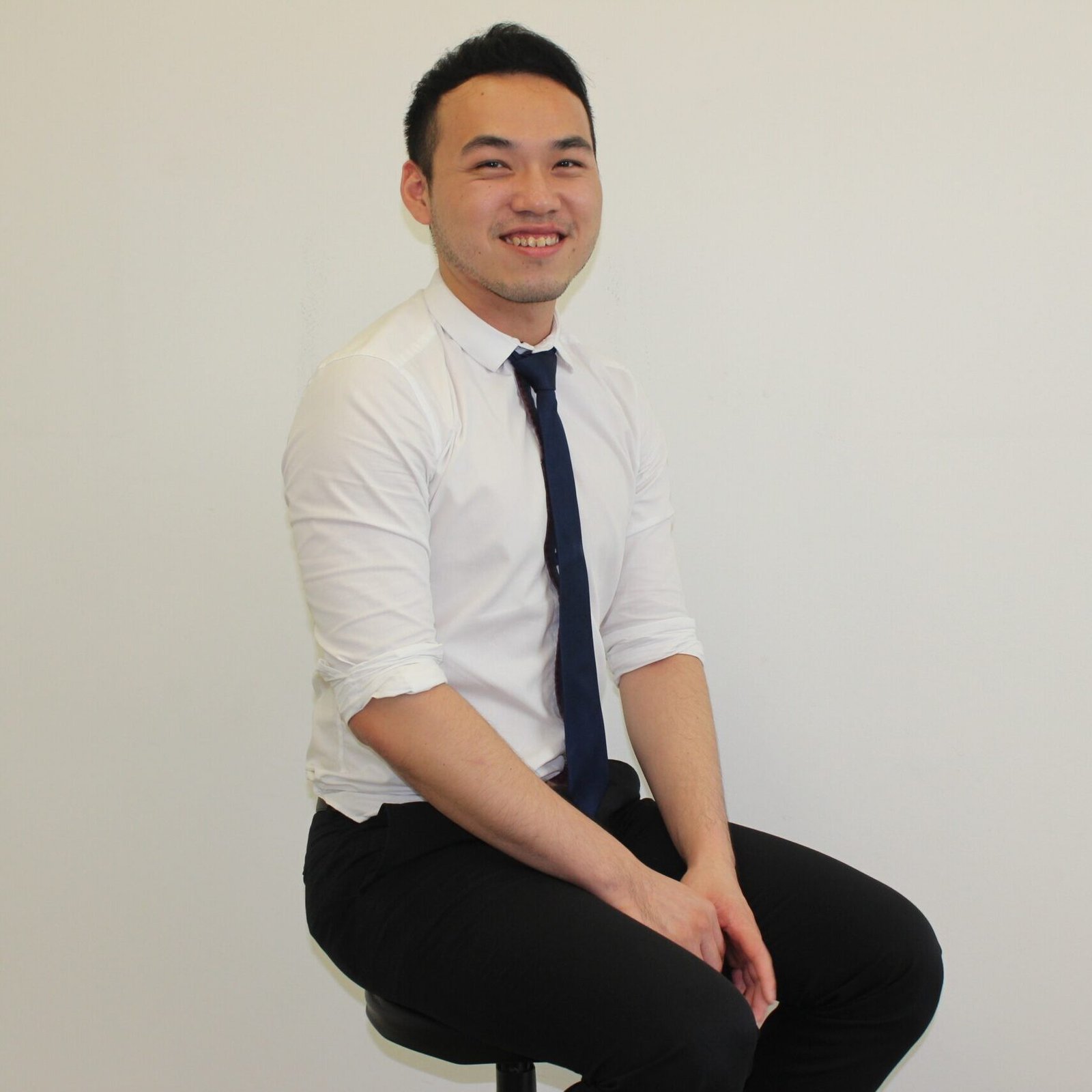
Stroke recovery for seniors is most successful when it begins immediately after medical stabilisation. The earlier you start rehab, the better your chances of regaining independence, movement, and quality of life. From relearning basic functions like walking to rebuilding speech and memory, a structured stroke recovery plan can transform outcomes even after a severe episode.
At TIO Chiro & Physio, our personalised stroke rehabilitation programs are tailored specifically for seniors. We combine physiotherapy, chiropractic care, and neurological rehab techniques to support recovery from physical, emotional, and cognitive.
Firstly, Why Are The Elderly and Seniors More Prone to Stroke Attacks?
As we age, the risk of stroke increases significantly due to a combination of biological, lifestyle, and medical factors. In fact, according to the World Stroke Organisation, more than two-thirds of strokes occur in individuals over 65. But why exactly are seniors more vulnerable?
Ageing Blood Vessels and Circulatory Changes
With age, arteries naturally become less flexible and narrower, making it easier for plaque to build up and restrict blood flow. This condition, called atherosclerosis, is a major contributor to ischemic strokes, where a clot blocks blood flow to the brain.
Higher Risk of Chronic Conditions
Elderly individuals are more likely to live with chronic health issues like hypertension, diabetes, and atrial fibrillation, all of which dramatically increase stroke risk. Hypertension alone is responsible for around 50% of all strokes worldwide, according to the WHO’s data. These conditions damage blood vessels over time and can create clots or ruptures in the brain.
Reduced Mobility and Sedentary Lifestyle
Seniors often have decreased physical activity, whether due to joint pain, prior injuries, or general weakness. This sedentary lifestyle can lead to poor circulation, weight gain, and increased cholesterol levels, all of which heighten stroke risk.
How Does Stroke Recovery Help Seniors Move Again?

For many, stroke recovery helps restore essential skills like walking, speaking, eating, and performing personal care. It also helps them regain confidence, independence, and quality of life.
A well-structured stroke rehabilitation programme supports both physical healing and emotional recovery. With the right combination of therapies like physiotherapy, speech training, and occupational therapy, they can reclaim lost abilities or develop new strategies to adapt to their limitations.
Beyond restoring function, stroke recovery reduces the risk of complications like muscle stiffness, bedsores, depression, and repeat strokes. Research shows that starting rehab early, within the first few days after a strok,e can significantly improve outcomes and shorten recovery time.
Stroke Recovery Stages
Every stroke survivor’s journey is different, but recovery typically progresses through several key stages. Understanding these phases helps families and caregivers set realistic expectations and offer the right support at the right time.
1. Acute Stage (First Few Days to 1 Week)
This is the immediate phase after a stroke, usually in the hospital. The main goal here is medical stabilisation to manage brain swelling, prevent further strokes, and monitor vital functions. While it’s early, some light physical and neurological assessments may begin to check for reflexes, movement, or communication ability.
Early physiotherapy and mobilisation during this stage have been shown to reduce the risk of complications like blood clots or muscle atrophy, especially for mild stroke recovery cases.
2. Subacute Stage (1 Week to 3 Months)
This is when the most intensive recovery work begins. Patients may move to a rehabilitation centre or receive daily home therapy. This period is considered the “golden window” for neuroplasticity, where the brain awakens the ability to form new connections and regain lost functions.
The subacute stage is when we usually see rapid progress, especially with regular practice and proper motivation.
3. Chronic Stage (3 Months Onward)
By now, progress may start to feel slower. This is often referred to as the “plateau” stage. But it doesn’t mean recovery stops. It just means the visible improvements become more gradual.
Ongoing therapy is still critical. At this stage, many seniors benefit from stroke recovery treatment that includes gait training, cognitive stimulation, and psychological support. Here, the focus from recovery to maintaining independence and preventing regression.
Patients who had a mini stroke or transient ischemic attack (TIA) may continue outpatient therapy to prevent any long-term deficits.
Effective Stroke Recovery Tips and Activities for Seniors At Home

Recovering from a stroke requires active steps and consistent routines, especially for the elderly. With the right approach, seniors can regain mobility, restore confidence, and improve their quality of life. Here’s how to achieve proper recovery:
Make Movement a Daily Ritual
Stroke recovery thrives on repetition. The more a senior practices basic movements like reaching, walking, or speaking, the more the brain forms new connections to compensate for areas damaged by the stroke. This principle, called neuroplasticity, is key to long-term improvement.
Create daily routines that include:
- Simple hand movements like opening and closing the fist
- Standing and sitting exercises using a sturdy chair
- Walking short distances with supervision or a mobility aid
- Gentle shoulder rolls or leg extensions from a seated position
Consistency is more important than intensity. Even 10–15 minutes of daily practice can lead to noticeable gains over time.
Try These Functional Home Exercises
You don’t need a gym to get started. Here are safe, beginner-friendly movements that support both mild stroke recovery and mini stroke recovery at home or in assisted living:
- Seated marching: Sit upright and lift each knee slowly for 10 repetitions. This helps build leg strength for walking.
- Towel slide: Place a towel under your hand on a table and slide it back and forth. This improves shoulder and arm mobility.
- Wall push-ups: Face a wall at arm’s length and push away gently. Great for upper body engagement without stress on joints.
- Neck rotations: Slowly turn your head side to side to reduce stiffness and improve balance awareness.
These exercises are best done under guidance. If you’re unsure where to start, consider getting a personalised plan through our stroke rehabilitation treatment program by a physiotherapist.
Healthy Eating = Healing Faster
A brain recovering from a stroke needs proper nutrition. Food directly impacts energy levels, healing rate, and brain repair. Aim for meals rich in:
- Omega-3s from fish and flaxseeds to support brain function
- Fibre and whole grains to maintain healthy blood sugar
- Antioxidants from colourful fruits and vegetables to fight inflammation
- Hydration, especially if medication causes dryness or if swallowing is difficult
Nutrition is often overlooked, but it’s one of the most critical foundations in stroke recovery treatment. Always consult a nutritionist if swallowing becomes a challenge.
Address Fatigue and Mental Blocks Early
Many stroke survivors report feeling mentally and physically exhausted even after doing very little. This post-stroke fatigue is real and requires patience and pacing.
Use energy wisely by:
- Spacing out tasks
- Including breaks in therapy sessions
- Encouraging naps and good sleep hygiene
- Avoiding overstimulation (bright lights, loud sounds) during recovery
Also, pay attention to emotional health. Mood swings, anxiety, and depression are common, especially if the person is aware of their deficits. Incorporating cognitive therapy and counselling can be a huge support for seniors.
Use Stroke Aids/Tools Strategically, Not Permanently
Walkers, grab bars, non-slip mats, and adaptive kitchen tools help the elderly perform daily tasks safely. But they should be part of a larger plan to regain independence, not a crutch forever.
A licensed physiotherapist will monitor when and how to introduce or phase out these aids. Over-reliance can lead to “learned non-use,” where the body stops trying to recover because it depends entirely on the tool.
Stroke Recovery Treatment Options From Professionals That Work

Stroke recovery requires a multidisciplinary approach, especially for seniors whose healing involves both body and mind. The right treatment plan helps rebuild strength, boost independence, and enhance overall well-being. At TIO Chiro & Physi,o our team delivers stroke recovery and rehabilitation services grounded in compassion and science-backed techniques. Here’s how we support your journey.
Physiotherapy for Stroke Recovery
Physiotherapy remains one of the most critical pillars in stroke recovery. It helps patients regain movement, balance, and control by retraining weakened muscles and neural pathways. For seniors, physiotherapy is especially vital as it targets walking ability, flexibility, and fall prevention.
At our physio clinic, sessions may begin with guided walking exercises and progress to more complex strength-building routines. Therapists also use balance boards, resistance tools, and neuromuscular re-education techniques to ensure improvements are safe and sustainable. Our physiotherapy services are fully personalised, adapting to each stroke survivor’s pace and needs.
Speech and Language Therapy
Strokes can interfere with speech and swallowing when areas of the brain controlling communication are damaged. Speech and language therapy works to restore these vital functions.
Therapists use interactive exercises to help patients overcome difficulties like aphasia, which impairs understanding and expression, or dysarthria, which results in slurred speech. Sessions may include vocal drills, writing tasks, or visual prompts to improve cognitive association. In cases involving dysphagia (trouble swallowing), specific swallowing techniques and dietary modifications are introduced to prevent aspiration and nutritional issues.
Cognitive Rehabilitation
Cognitive rehabilitation addresses the mental and memory-related challenges that often accompany stroke. Seniors may struggle with attention span, decision-making, or even recognising familiar faces and places. These changes can be disorienting and limit independence.
Treatment involves personalised brain-training programs that focus on restoring mental clarity and problem-solving skills. Puzzles, memory recall tasks, and real-world simulations like managing bills or preparing a simple meal are common tools. With time, cognitive rehab helps rebuild confidence and restore some of the thinking patterns disrupted by the stroke event.
Can You Combine Both Physio and Chiro for Stroke Recovery?
Yes, combining physiotherapy and chiropractic care can be a powerful approach to stroke recovery, especially when done under professional guidance. These two disciplines complement each other in how they address both the neurological and musculoskeletal systems.
Physiotherapy focuses on targeted rehab exercises, gait retraining, balance work, and muscle re-education. It’s crucial for regaining strength, coordination, and independence after a stroke. On the other hand, chiropractic care enhances spinal alignment, reduces muscle stiffness, and improves posture – all of which support better movement patterns and nervous system communication.
At TIO Chiro & Physio, we offer both services under one roof, allowing stroke survivors to benefit from an integrated rehab approach tailored to their progress. Having both working together ensures your care plan is well-rounded and evolves with your recovery.
Why Should You Choose TIO Chiro & Physio?
As a trusted physiotherapy clinic in Petaling Jaya, TIO Chiro & Physio is committed to holistic care that prioritizes patient comfort and long-term wellness. Here’s why patients choose us:
Expert Practitioners
Our team has extensive experience in chiropractic and physiotherapy, ensuring safe and effective treatments.
Customized Care Plans
We understand that each patient is unique. Our percussive therapy sessions are designed to meet your specific needs.
Convenient Location
Situated in Petaling Jaya, we are easily accessible for locals, professionals, and families.
Holistic Philosophy
Beyond pain relief, we focus on improving your overall health and quality of life.
Best Physiotherapy in Petaling Jaya
Frequently Asked Questions
Full recovery from a stroke is possible, especially with early and consistent rehabilitation. Many stroke survivors regain independence and quality of life, although outcomes vary depending on the severity, location of the stroke, and the speed of treatment. Therapies such as stroke rehabilitation physiotherapy play a key role in improving strength, balance, and cognitive function.
Unfortunately, the risk of a second stroke is relatively high. According to a study done by Neuroasia in 2021, every 7 in 145 stroke patients will have a recurring attack within a year. The best prevention involves managing risk factors like high blood pressure, diabetes, cholesterol, and lifestyle changes such as quitting smoking, eating healthier, and staying active.
Recovery is fastest when stroke rehab begins early, ideally within 48 hours of hospital discharge. Consistent physiotherapy, a nutrient-rich diet, good sleep hygiene, and emotional support can significantly speed up healing. Engaging in task-specific exercises, following the doctor’s instructions, and maintaining realistic but steady goals also help maintain momentum.
Yes. Vertigo can be a symptom of a brainstem or cerebellar stroke, which affects the areas responsible for balance and coordination. If a person experiences sudden dizziness, loss of balance, or spinning sensations, especially with other stroke signs like numbness or slurred speech, it should be treated as a medical emergency.
A mini-stroke, or Transient Ischemic Attack (TIA), may cause symptoms like sudden confusion, weakness on one side of the body, slurred speech, vision problems, or difficulty walking. These signs can last just a few minutes or up to 24 hours. Because TIAs are often precursors to major strokes, immediate medical attention is crucial even if symptoms disappear.
Physiotherapist Near Me in PJ
Start Your Stroke Recovery With Us At Tio Chiro & Physio in Petaling Jaya!
Every stroke survivor deserves a recovery journey that’s compassionate, expert-led, and tailored to their specific needs. At TIO Chiro & Physio, our physiotherapists in Petaling Jaya offer comprehensive stroke recovery programs in Petaling Jaya that combine physiotherapy, chiropractic care, and neurological rehabilitation.
Whether you’re helping a loved one or navigating recovery yourself, don’t wait. Early intervention leads to better outcomes. Book your consultation now and take the first step towards healing and a better life.




